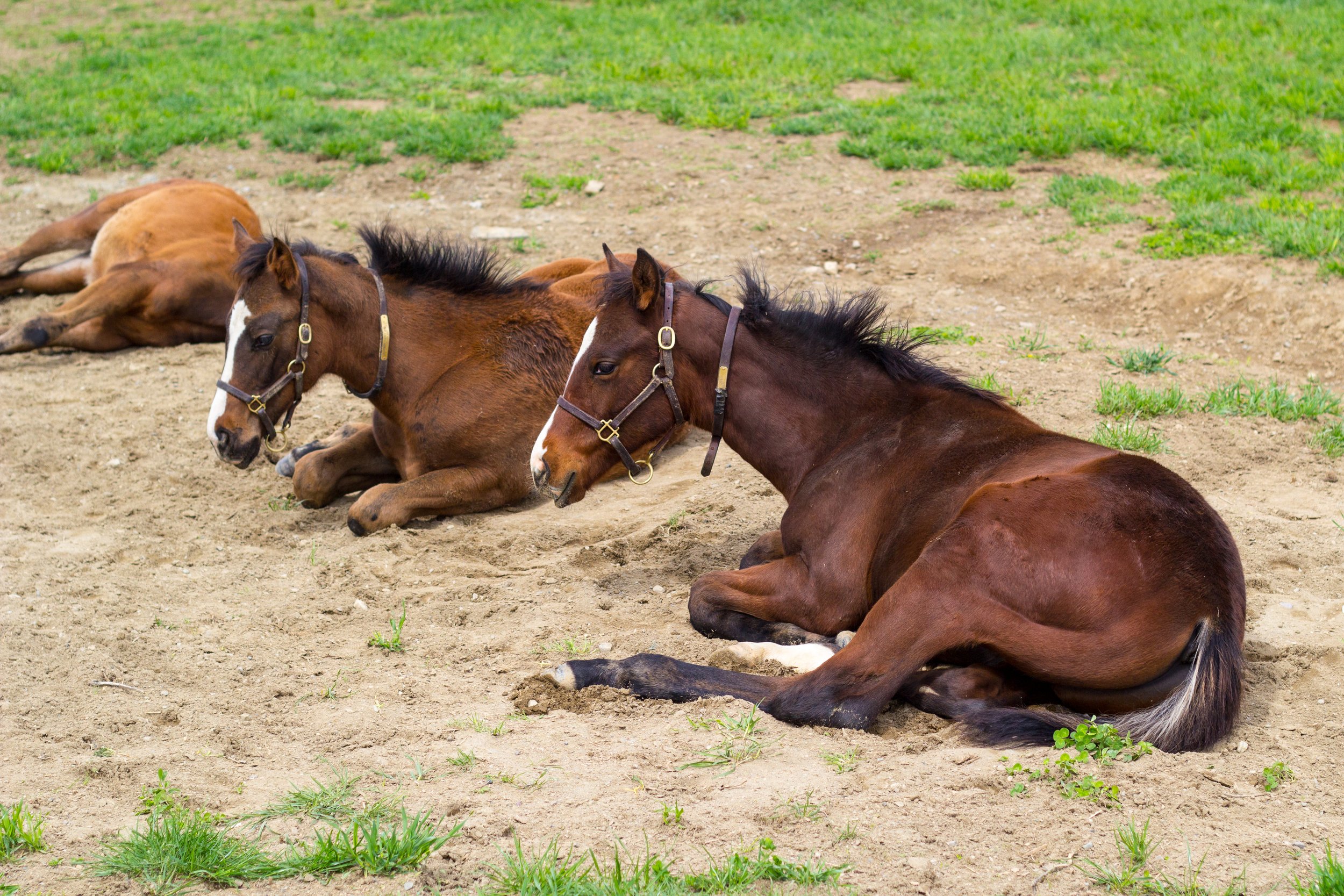Bloodstock Briefing - Looking ahead to the 2025 breeding season
Words - Jordin Rosser
As 2024 draws to a close, stud farms all over the country are gathering stallion prospects for the upcoming year and to attract breeders to their new prospects, managers must think strategically on where their prospect will fit in next year’s market.
With the North American foal crop on the decline in recent years and rising costs, breeders have begun to attempt new tactics and adapt to new business strategies to allay these concerns.
We have gathered the opinions of Lere Visage, the general manager of Rockridge Stud in New York and his stallion manager, Erin Robinson. Rockridge Stud stands stallions such as AmericanRevolution, Mind Control and War Dancer. Supplemental information including statistics were provided by the Jockey Club Fact Books – referencing three of the largest states for breeding: New York, Kentucky, and Florida.
Q: What factors determine trends in the next year’s breeding season?
Breeding Community
Similar to real estate, location is a key factor in determining matings due to time and financial costs incurred by shipping the mare to the stallion and possibly boarding for the mare to ensure she is in foal.
Depending on the breeder’s financial status, the location of their farm in relation to the stud farm is a limiting factor in choosing a stallion for their mare.
In New York, Rockridge Stud is trying a new tactic, as Robinson mentioned in the case of Mind Control and AmericanRevolution, multiple farms ‘collaborated to get the stallions to New York and get him “syndicated and with full support from breeders near and far” by offering micro shares in ownership for these future racing hopefuls. In allowing these stallions of ‘Kentucky caliber’ to be offered in New York, have led these stallions to reach ‘Kentucky numbers’ of mares bred (nearly 200), as stated by Visage.
Breeding/Racing Incentives – Breeders Awards, Tax Incentives, State-Bred Racing Conditions and Stallion Stakes
For the three large foal crop states, the incentives to produce foals are plenty. In Florida for example, there are tax exemptions for the purchase of horses from the original breeder and stallion seasons. In Kentucky, the KTDF registration allows for additional purse money to be added to a KY-registered horse - similar to both New York and Florida. In New York, the breeder’s awards have been upped to 40% for a New-York sired horse in 2024 - a 20% increase from 2023.
In Florida and New York, there are racing conditions written to sweeten the purse for state-registered entries and if the horse is sired by a registered state stallion, the horse is then eligible to participate in stakes races with additional purse money and increased breeder awards leading to a strong financial incentive.
Commercial Stallions
To provide stallions of superior quality, the commerciality of the horse requires it to have already been successful in the breeding shed previously or fresh from the racetrack.
The qualities necessary for an attractive first year stallion include horses with great race records, good conformation, and sired themselves by a proven sire. At the end of the racing season, stud farms are working to add newly retired stakes horses or their siblings to their stallion roster. For stallions with runners, the year’s results could allow for a stallion to be more or less popular with breeders.
Q: With the continued decrease in foal count, how does this affect the upcoming breeding season?
According to the Jockey Club, the number of foals born in 2022 (fully registered and a more accurate count of horses foaled by the time the horse is 2 years old), decreased by 4.89% from 2021. At first glance, the decrease in percentage is concerning.
However, according to Robinson, there is a strong likelihood that “not well producing mares have been taken out of the producing population and there is more rehoming and retraining”. In reality, as Robinson points out, not all producing horses are “cut out for that career” and, if able, it would be more constructive to retrain and rehome them. This has been moving the industry towards ensuring the best breed with the best when possible and creating more high quality horses.
Q: How can we address these concerns heading into the upcoming year?
As an industry, it can be disheartening to see the foal crop count falling. However, it might behoove us to consider the minimum number of runners necessary to fill races at the tracks currently open and take into consideration the percentage of horses who do not start out from the foal crop as well as how often a horse is likely to race. This minimum viable racing foal crop calculation could provide a more complete picture of the industry and provide more ideas around racing conditions.
In the Thoroughbred racing industry, there is a place for all players, but only if they have a strategy. In breeding, the goal is to support their stud until he begins to produce runners where his progeny will speak for himself. Some farms choose quantity of foals, some choose quality of mares and others support risk management through unique ownership structures which include the developing micro share offerings.
Starting a stallion syndicate is not a new concept, but starting a stallion syndicate with micro shares and with a community of stud farms is - if this concept proves itself to be viable, it may begin to change how stud farms operate.




